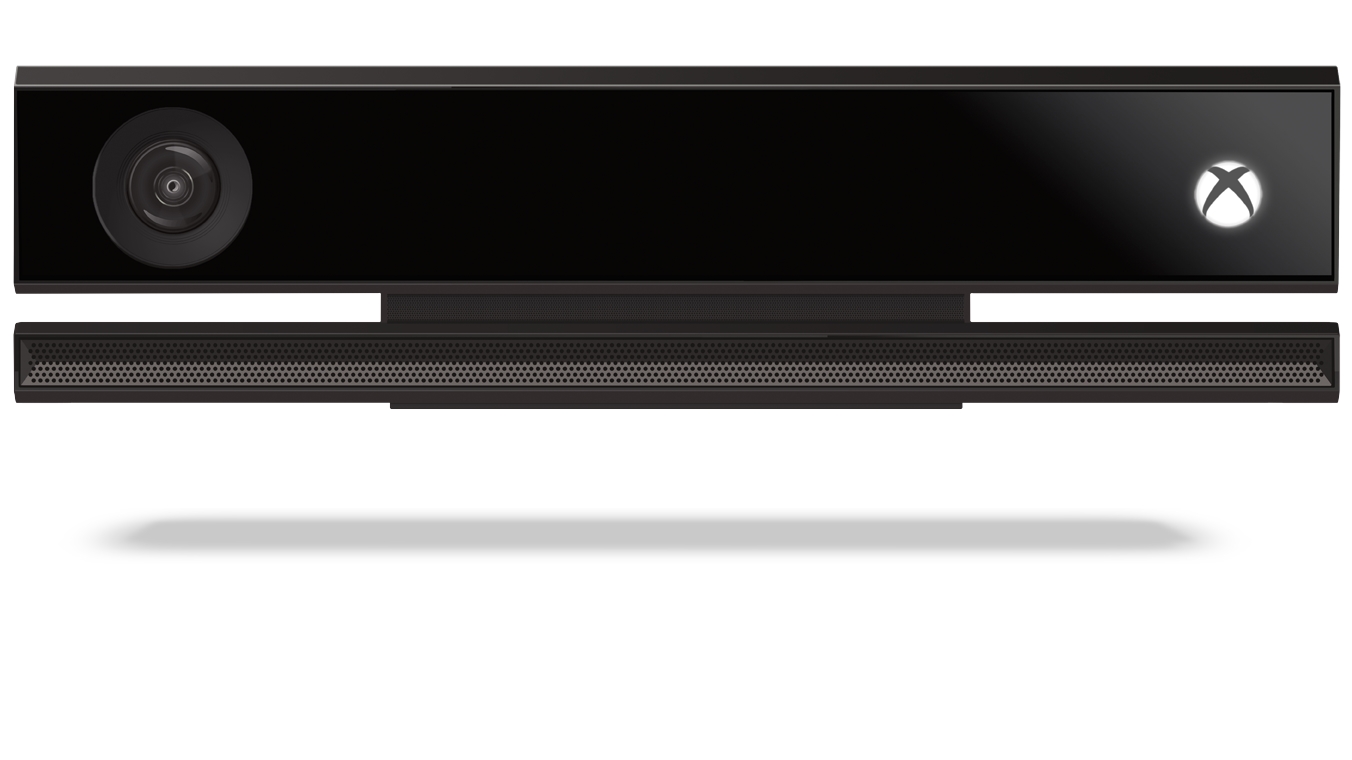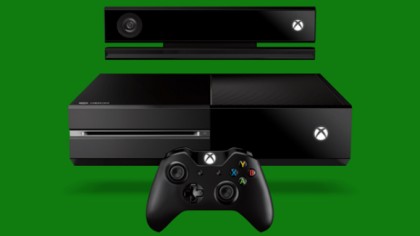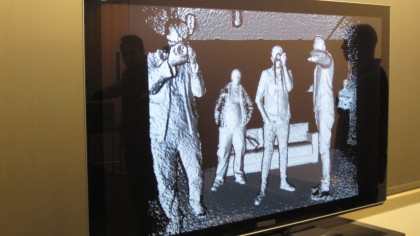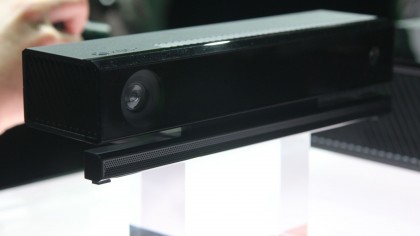Xbox One Kinect: With great precision comes greater control
The new Kinect opens up a world of possibilities

When the Kinect made its first appearance for the Xbox 360 few people would have been prepared to predict that it would become a phenomenon for Microsoft.
Other games consoles had proved that motion control was attracting interest not only from traditional gamers but also from the mainstream, but by offering controller-free play Kinect brought a new approach that was lapped up.
Kinect was an add on for the Xbox 360 but for its successor the Xbox One it is part of the bundle - an integral part of the experience and one that Microsoft is keen to say is a step on from its last version.
For all its qualities, Kinect did have some flaws, not least the difficulty in finding a play area that was big enough to get the best out of the device. Mindful that calling in the removal men every time the kids wanted to play Kinectimals was not a great quality, perhaps one of Microsoft's most significant change for Kinect is to make it more suitable for smaller living rooms.
Simple, impactful
It's a simple change, but in making the Kinect's field of view significantly larger the whole experience becomes more practical, it allows the device's other key differences to be significantly more impactful.
The improved field of view is part of a suite of improvements that Microsoft is terming Kinect Real Vision which also brings nifty 3D geometry and, perhaps most interestingly, infra red technology.

Another challenge with motion cameras has been that you had previously needed a well-lit room to get the best out of them, but when you roll an advanced IR camera into the equation you begin to solve that particular problem. Even in a dark environment we're perfectly visible to an infra-red sensor - and this helps the Kinect keep a closer eye on where you are and what you are doing regardless of the brightness.
Get daily insight, inspiration and deals in your inbox
Sign up for breaking news, reviews, opinion, top tech deals, and more.
The second significant bunch of improvements fall under the 'real motion' umbrella and all of those sensor improvements are put to work tracking exactly what movements you are making. As well as improved facial recognition, the enhancements mean that Kinect can track hand gestures and posture - working out if you are seated or if you are making fine adjustments within a game.
Thirdly comes the improvements to voice recognition; a multi-microphone array will try to cut the wheat from the noisy chaff and the advanced noise isolation should mean that it can pick out your voice despite someone calling you for dinner from the other room.
Getting sensitive
So what do all of these improvements actually mean for how you will use the Xbox One? Well - principally, by making the Kinect more sensitive you can being to use it integrally in much of the user experience.
So, for instance, with the Xbox One designed to remain on and connected the Kinect it becomes a powerful control mechanism. Voice control on the 360 was fine, but to call it integral to the process would have been stretching the point, but when you don't need to wait, being able to hurl instructions to your console with no delay makes it far more valid as a tool.
The instruction "Xbox On" is all you need to be up and running (it will even turn on your TV) and that means hand gestures and voice control are part of the user interface in a way that significantly improves on its predecessor.

Using Kinect's voice control to access apps has been a feature of Kinect for some time, but the Xbox One Kinect experience should prove smoother, and quicker.
And because a camera can track you better, motion gestures become more useful and significantly more subtle.
Of course, the most significant improvements will be in the games themselves, and it will be interesting to see just how third party developers take advantage of the increased accuracy and sensitivity and enhance their offerings in meaningful ways.
Currently some games' Kinect features can feel a little forced - often because developers cannot make them integral to gameplay because not everyone will have a Kinect. When you include the Kinect as part of the core proposition that problem becomes less troublesome, and that should see a significant shift in approach.

Because subtle gestures can be mapped, Kinect's motion control can work in harness with the controller, and better voice control means that calling the shots becomes a part of the game and not a novelty to show off to visitors and friends.
Last, but certainly not least, you should see significant improvements in Kinect games. Navigating content should be more intuitive and quicker than ever before.
So, to sum up, Kinect for Xbox One is all about giving you better control, in more conditions and becoming more integral to your overall experience.